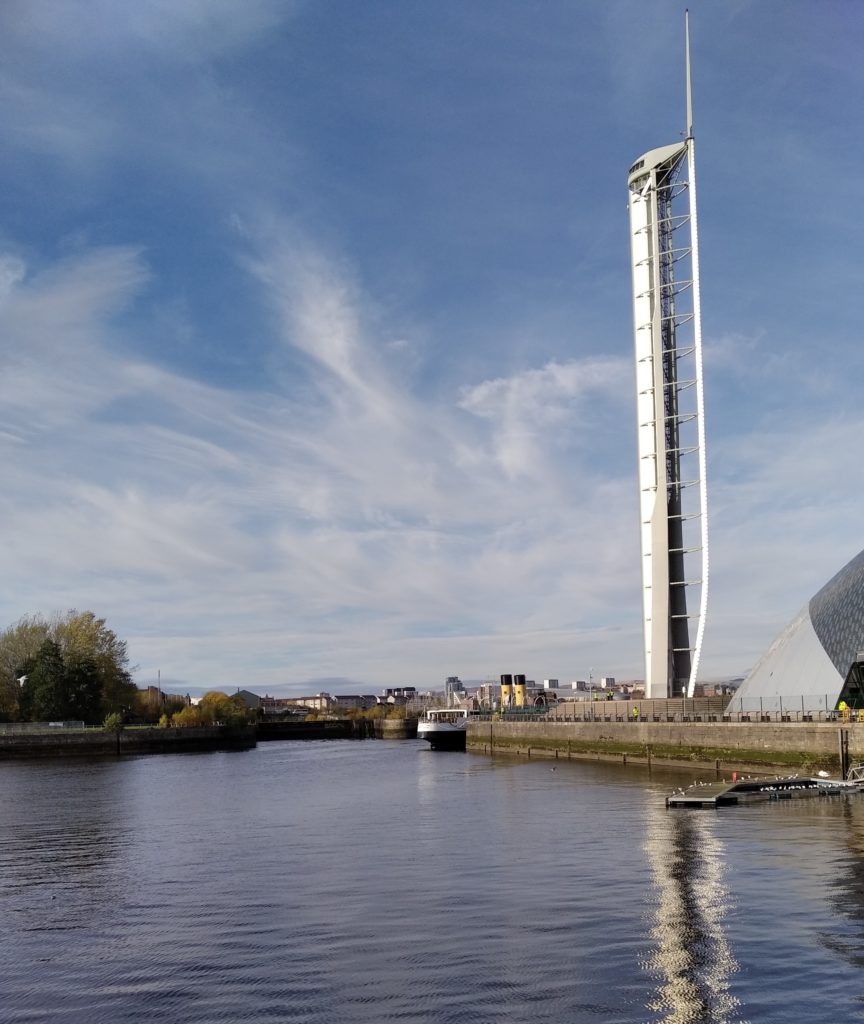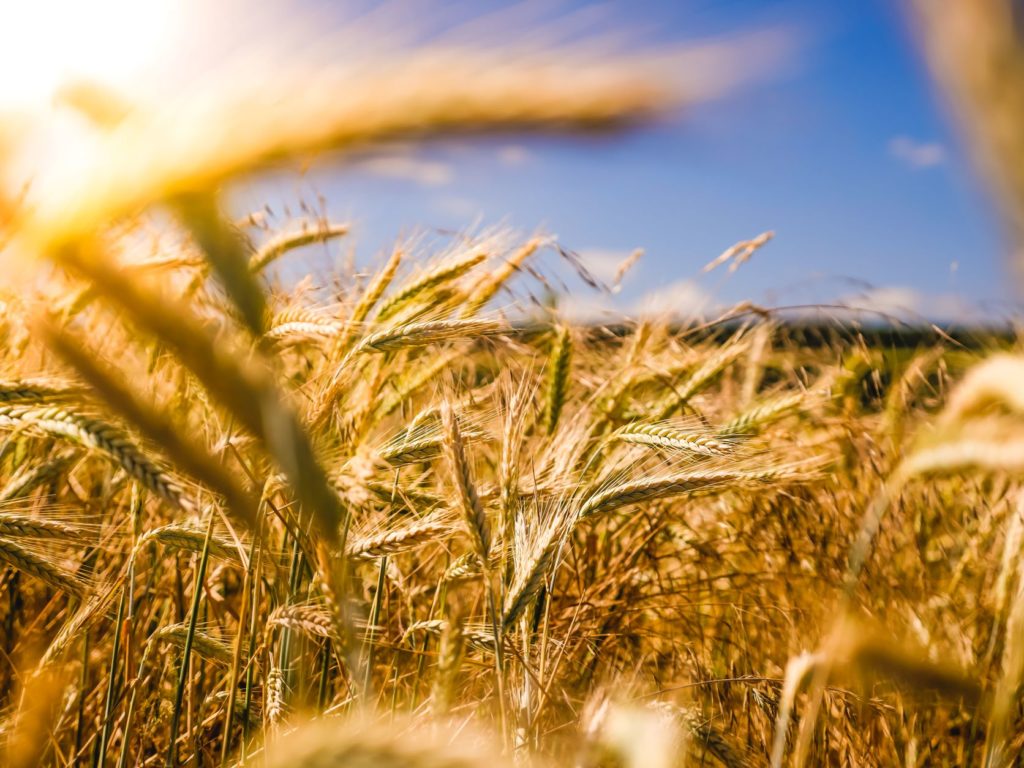(Pour la version française, veuillez cliquer ici.)
As I said in my previous blog, many good results came out of COP26 and I am sure worthwhile things will continue to develop as partnerships are formed and ideas and funding come together. However there were also some glaring omissions that as a world we need to fix. They are vital to the future health of our planet.

What Did Not Get Done at COP26
Reduction of Emissions
Countries were asked at COP21 in Paris to come back to COP26 with plans to reduce their greenhouse gas emissions. The UN has been very concerned about what is being promised for a number of months now, and rightly so.
Not all countries submitted NDCs (Nationally Determined Contributions or a country’s reduction of emissions plan). From those that did (if they all do what they say they will do) it was calculated that there is a 68% chance that the temperature increase will be limited to 2.4 Degrees C.
Clearly this is not enough, as even the final text has acknowledged. It states that far less damage will happen to the planet if the increase is kept to 1.5 Degrees C.
The one good thing about this is that the Conference agreed to come back in 2022. All countries have been asked to improve their projections.
Adaption
Twelve years ago in Copenhagen it was agreed that the international community would support countries who are most vulnerable to the impacts of the changing climate. For them (and I quote from the UK government report): “there needs to be action to avert, minimise and address the loss and damage that is already occurring from Climate Change. Plans need to be put in place to improve early warning systems, flood defences, and build resilient infrastructure and agriculture to avoid further loss of life, livelihoods and natural habitats. Protecting and restoring habitats is a powerful way to boost resilience to the impacts of the changing climate. They help to build natural storm and flood defences, whilst flourishing ecosystems contribute to sustainable farming and support billions of lives worldwide.”
It was agreed that developed countries would channel $100 billion a year from 2020. This would be to help poorer countries mitigate and adapt to Climate Change. That money has not been forthcoming and developing countries are very angry about it. The UK government says it is confident the money will be there by 2023. However the developing countries need the money now.
It is now clear that we must treat the issues of nature/biodiversity and Climate Change together (and this has been mentioned as one of the positive aspects of COP26). However on a global scale the greatest biodiversity is found in countries where there is the greatest need for development. So rather naturally these countries spend what money they have available on improving the lives of their people.
Therefore additional money for adaption is vital not just for them but for all of us as the climate crisis does not respect borders.
Loss and Damage
This is a further funding issue for poorer nations that have suffered damage due to Climate Change. (This already amounts to billions of pounds.) They believe that rich nations, the principal cause of Climate Change, should be helping them to fund the reparations. There has been very little money put aside for this. There is only a clause in the final text about setting up a dialogue to talk about the issue.
Since damage is now being caused on a very regular basis this is a real bone of contention.
Trust
One of the issues about COP26 and its aftermath is trust. This is partly over the lack of $100 billion a year for adaption and partly over the funding of Loss and Damage compensation. There are also other political issues, for example the British government cutting its budget for overseas aid just before the conference, as well as other global tensions.
However one of the biggest causes of lack of trust is the issue of carbon pricing and off-setting. This is a method of increasing the cost to polluters of burning fossil fuels, or in the case of off-setting, these schemes allow individuals and companies to invest in environmental projects around the world in order to balance out their own carbon footprints. The projects are usually based in developing countries. These can range from planting trees to the roll-out of clean technologies in those countries.
This is causing difficulties for many indigenous people and poorer countries. It is being used by major companies to allow them to accelerate their production of emissions!
Forests and the Problems of Off-Setting

Carbon Pricing
Without going into the subject of carbon pricing in too much depth (as it is very complicated and also very contentious) I wanted to note that there are many issues round about this subject that are causing big problems.
My first question would be “does it actually work?”
For some groups and countries it can obviously be effective. For example:
A recent report of the High Level Commission on Carbon Pricing and Competitiveness finds that “Carbon pricing is an effective, flexible, and low-cost approach to reducing greenhouse gases.”
In the UK, a tax on carbon dioxide emissions in Great Britain, introduced in 2013, has led to the proportion of electricity generated from coal falling from 40% to 3% over six years, according to research led by UCL.
So clearly it works for some. However the state of California in the US has found that its Cap and Trade system is allowing the biggest producers to carry on as usual or even to increase their emissions.
The Challenge
For some indigenous peoples and also communities in poorer countries it is proving very challenging.
The Indigenous Environmental Network believes that “The vested interests of corporate lobbies, polluting governments, financial institutions such as the World Bank, big conservation NGOs, among many others, have supported these false solutions, not only to legitimize and expand a clearly unsustainable economic system based on extraction but also as a source of further profit and land grab.”
Emissions cuts are still far from steep enough to prevent the worst impacts of Climate Change. Many countries and firms are turning to such “offsets” to make their carbon accounting add up. See this article in Reuters on the ignoring of human rights.
Many indigenous people are being forced off their forest land in order to allow large organisations to use the land to offset pollution they are creating elsewhere. Once off their land they have no means of making a living. They have also quite possibly lost land that has been in their family or tribe for many generations. This article in the Guardian is quite enlightening but also rather horrifying.
I will leave the discussion on the idea of net-zero for another occasion. Nevertheless this appears to be another way for countries and organisations to be creative with their carbon accounting, rather than doing the work required to actually cut carbon emissions.
Some work was done at COP26 on the rules of carbon trading for the future. There is much work to be done before there is clarity on the issue.
All the more reason for us to keep at our governments to ensure they do what they say they will do.
Sustainable Agriculture

Agricultural Subsidies
On an annual basis the world gives agricultural subsidies of about £1 trillion to farmers, but they are not having the desired effect. They cost tax payers money but also harm the economy and the environment. It seems they discourage farmers from innovating, cutting costs and diversifying their land use.
Although there was on-going discussion at the Conference about conversion to sustainable farming and some decisions were made, nothing concrete was done about removing farm subsidies.
This is another very complex subject so I plan to discuss it on another occasion under an agricultural heading.
Conclusion
As you can see some of the issues not brought to completion at COP26 are urgent in the extreme. It needs us all to act in whatever way we can to keep our politicians on their toes.
